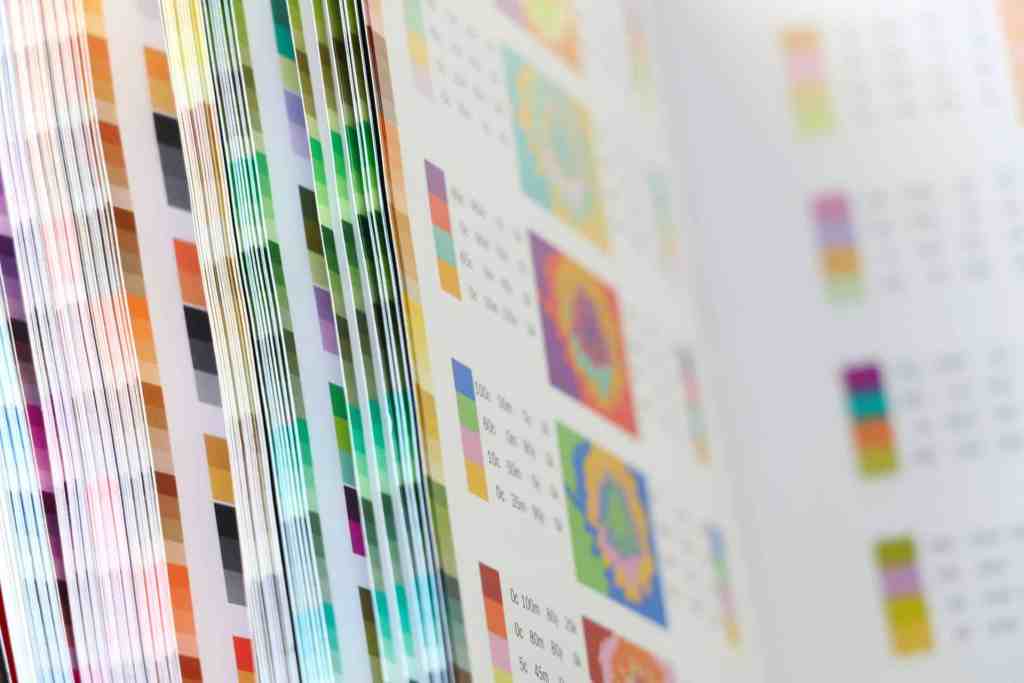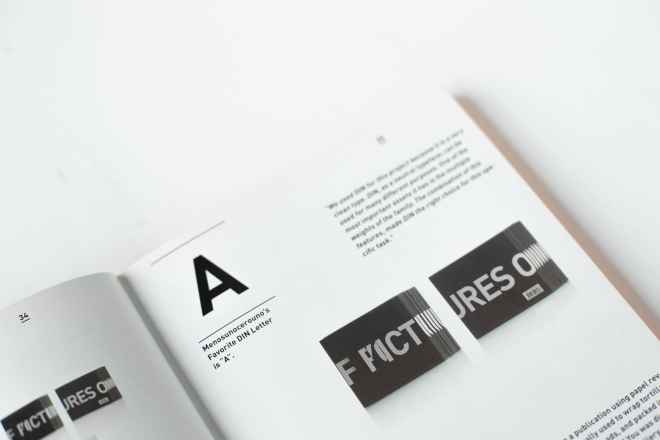Each color scheme has its own appeal, but split complementary colors are somewhat unique. They’re essentially an enhanced version of regular complementary colors that give you much more customization potential. However, while the shades pair well together as swatches, their cohesion doesn’t automatically translate into design. You must know how to use them purposefully to take full advantage of them.
What Are Split Complementary Colors?
Regular complementary colors involve one color and its complement. Split complementary colors take the single complement and split it into two symmetrical colors. You get three shades to work with instead of two.
On top of that, the resulting shades are much more varied because it’s customizable to an extent. Each color has one set complement, but split complements aren’t limited to the same extent. As long as the split shades are an equal distance from the original complement, they can be any color.

Why Use Split Complements in Graphic Design?
Color is an incredibly significant part of graphic design. In fact, up to 90% of first impressions on products or environments are based purely on color. Because most viewers define a brand by their colors, it’s essential to choose those that interact well with each other.
Many people enjoy using split complements because the colors are particularly harmonious. The balance between temperature, contrast, and shade range is naturally visually appealing and striking. It provides a simple and fast way to create an effective color palette.
How to Find Split Complementary Colors
Color wheels are great tools for finding split complementary colors because they’re incredibly simple. You can use them to establish the three base shades you want to use before fine-tuning the tone, tint, and shade.
Shades on the opposite side of the color wheel are complements. For example, purple and yellow are complements because they’re located directly opposite each other. Choose the color you want to primarily use, find its complement, and then select two evenly-spaced shades.
Purple, for instance, could have yellow-green and yellow-orange as the additional shades. Any two will work as long as they’re spaced symmetrically along either side of the complement. It’s important for them to be equally distanced because it creates balance.
It’s also relatively easy to find split complementary colors without using the color wheel. Decreasing or increasing the hue value of a color by 150 points results in two complementary colors. Altering the hue value can be a useful method for organizations looking to find colors matching their logo or palette.
That being said, there are limits to the range of shades you can choose from. Although you can technically choose any two accents on the color wheel as long as they’re symmetrical, they can’t touch the base color. Three shades directly next to each other count as analogous, which is a separate color scheme with different benefits and uses.

The Benefits of Split Complementary Colors
Each color scheme has its own benefits, and split complementary colors are no different. Unlike a randomly selected palette, each shade has a relationship with the other. Such a connection translates well to graphic design because each colored design element influences the flow and definition in a specific way.
A lot of color schemes are somewhat limited. For example, analogous colors must be next to each other on the color wheel. Split complements, on the other hand, have much more potential. They allow for many variations, so you can come up with all sorts of interesting color combinations. Their flexibility and cohesion make them appealing.
Beyond its visual appeal and ability to direct attention, split complements can also benefit brand awareness. People easily remember images with complementary colors because they contrast strongly and stand out. The simple choice to include such colors can create subconscious connections in people’s minds about your design.
How to Purposefully Use Split Complementary Colors
There aren’t strict rules on how to use split complements in graphic design, but the colors can function better if they’re organized. Beyond that, focusing on balance can enhance the positive impact of the color combination.
- Draw Attention
Split complementary colors allow graphic designers to create cohesive color palettes with natural appeal. The three shades contrast nicely, meaning they can create attractive visual distinctions in a design. Layering or using various amounts of each can help draw attention to specific parts of the design.
Each shade is different enough from the other that they stand out, so they can be really effective at drawing the eye. The split complements work well as accents. Strategically placed accents can draw attention and encourage certain reactions.
- Balance Each Color
Although split complementary colors can look amazing because each hue works well with the other, they can be overpowering. Instead of using each shade equally, it’s best to balance them. Going by the 60-30-10 rule, the main color used to select the split complements should take up 60% of the space in the design. The two remaining shades are accents, so one should occupy 30% and the other 10% to keep things balanced.
A balanced color palette organizes things and helps viewers know where to look. It also prevents the design from being overwhelming. Even though split complementary colors are harmonious, they can still look chaotic without balance.
- Focus on Temperature
Split complementary colors will always have a mixture of warm and cool shades. Two out of the three shades will be either cool or warm, so you’ll have to choose which gets the majority. Temperature dominance can invoke certain moods, so it’s important to pick colors accordingly.
Complementary colors create visually enticing contrasts when paired with warm shades, meaning they can easily grab attention. Temperature accents can be advantageous if you want to direct the viewer’s eyes. If a design is full of blue and green, for example, small amounts of red-orange will be very striking.
- Inspire Emotion
Every color invokes an emotional reaction to some degree. Split complementary colors are typically located far away from each other, but they can still inspire similar emotions because they’re related.
The two symmetrical shades are often combinations of colors, meaning they can inspire very specific reactions since each color ties to a particular feeling. For example, blue is associated with calm and sophistication, while green is tied to nature and peace. Combined, it can take on a new meaning of natural tranquility.
The two additional colors can add even more layers. You can encourage viewers to feel a certain way by carefully choosing and mixing certain split complements.
- Ensure Readability
Although high-contrast colors might seem like they’ll read well, too much contrast is painful to look at and can make for poor readability. There should be an 80% difference in contrast between the background and the graphics to ensure everything is legible and looks nice. It can be tempting to use split complementary colors in every aspect of a project because they pair so nicely, but it’s easier on the eyes to limit them.
Split Complementary Colors
The split complements and base color can look a lot more appealing and have a more specific impact with balance. There aren’t firm rules about properly incorporating them into a design, but following a structure can bring out their strengths. Purposeful uses of split complementary colors can help you inspire positive emotions and reactions.


